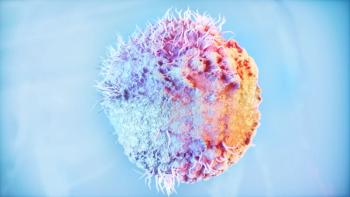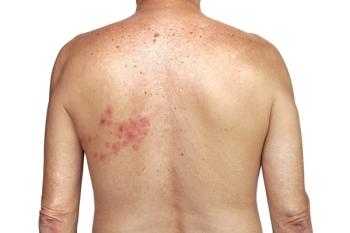Shingles is a fact of life, and yet myths surrounding the condition persist. The more that pharmacists and patients know about shingles, who it affects, its symptoms, and how to prevent it, the better prepared they will be to deal with this opportunistic infection.
Below are the top 10 facts about shingles.
1. If you have had chickenpox, you are at risk of developing shingles. That’s because both are caused by the varicella zoster virus, or VZV. The highly effective varicella vaccine protects against VZV and has been available in the United States since the mid-1990s.
2. Once VZV is in the body, it is there for the life of the individual. After the virus manifests as chickenpox, it lies dormant in the nervous system for decades before reactivating as shingles.
3. Stress, age, and overall health are contributing factors for the reactivation of VZV. When the body’s VZV-specific immunity declines, the virus takes advantage of the situation to make a comeback as shingles.
4. There are 3 distinct stages of shingles. The pre-eruptive stage lasts for 2 to 10 days and is a precursor to the shingles rash. The acute eruptive phase brings painful red lesions that surface over the course of 3 to 5 days and take up to 4 weeks to heal. The chronic stage occurs in about 20% of shingles patients and consists of nerve pain that lasts more than 4 weeks after the lesions have healed. This stage is also called postherpetic neuralgia.
5. Shingles usually develops on 1 side of the body. The face or torso are the most common sites, but shingles can also appear on the scalp, in the ear or eye, or even disseminated more widely on the body.
6. Shingles is considered to be one of the most painful medical conditions people experience. “Some people describe the pain as an intense burning sensation,” noted the CDC.1 “For some people, the pain can last for months or even years after the rash goes away. This long-lasting pain is called postherpetic neuralgia (PHN), and it is the most common complication of shingles.”
7. Early diagnosis and treatment of shingles is critical. A shorter course of infection usually means a reduction in symptoms and fewer complications. Treatment consists of antiviral drugs, preferably administered within 72 hours of the first signs of the rash.
8. Shingles can return. Recurrent shingles is another reactivation of VZV after the first case of shingles. It usually occurs in individuals with weakened immune systems.
9. The only way to protect against shingles is through vaccination. Shingrix was introduced in 2017 and is now the only shingles vaccination available in the United States It is recommended by the CDC and its Advisory Committee on Immunization Practices (ACIP) for adults 50 years and older.2 The vaccine’s efficacy has been proven to be both high and long lasting, and serious side effects are rare.
10. Getting vaccinated against shingles protects others as well. While shingles itself is not contagious, the virus can be passed along through contact with open lesions to those who have not been vaccinated or who have never had chickenpox. Once infected with VZV, the individual is then at risk of developing both chickenpox and shingles.
References
- Vaccination. CDC. Updated July 1, 2019. Accessed November 24, 2021. https://www.cdc.gov/shingles/vaccination.html
- Dooling KL, Guo A, Patel M, et al. Recommendations of the Advisory Committee on Immunization Practices for use of herpes zoster vaccines. Morb Mortal Weekly Rep. 2018;67(3):103-108. doi:10.15585/mmwr.mm6703a5




































































































































